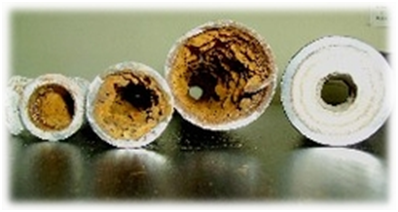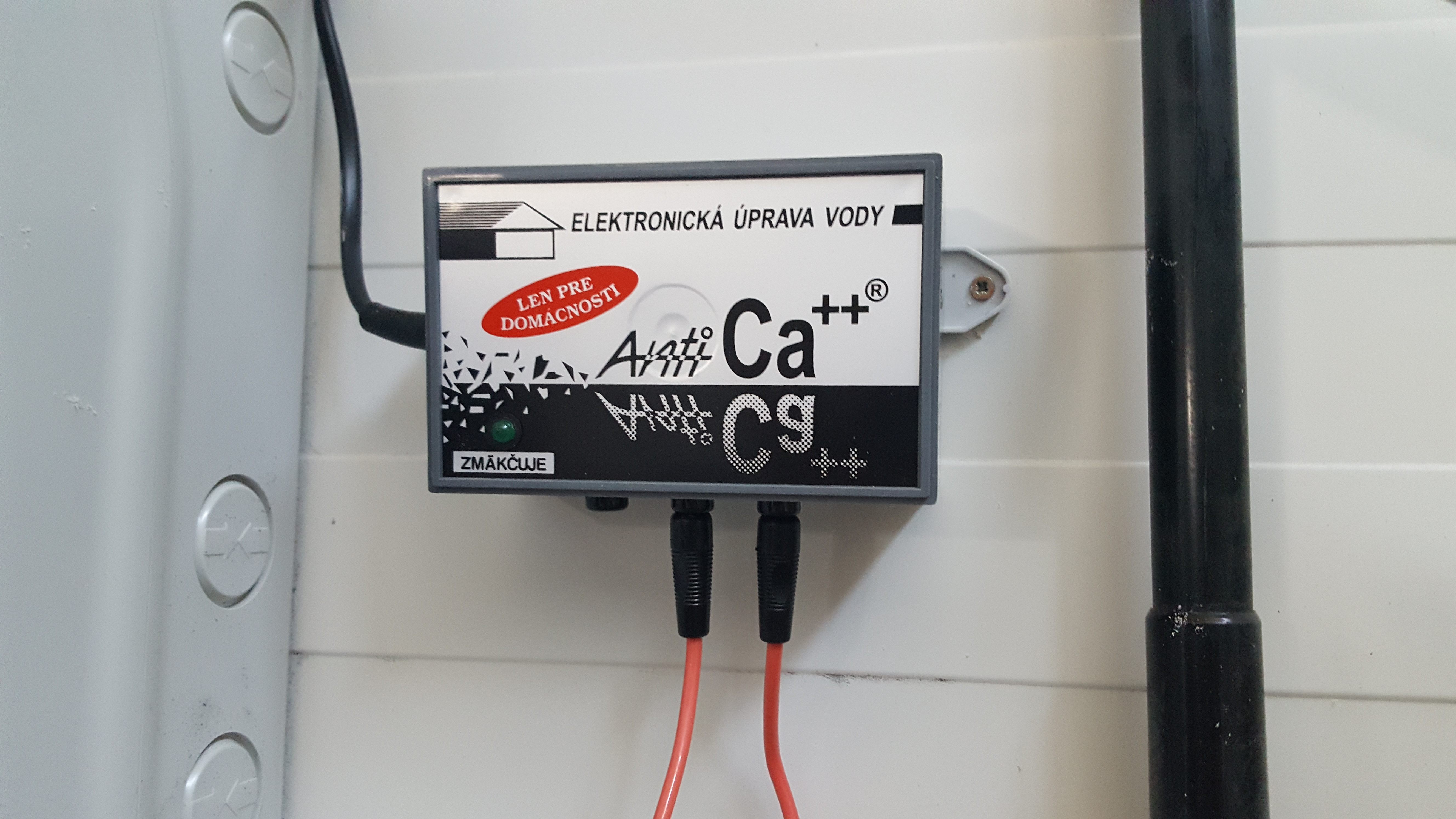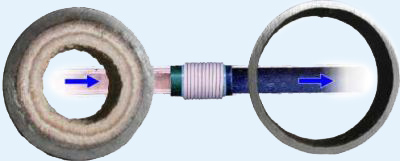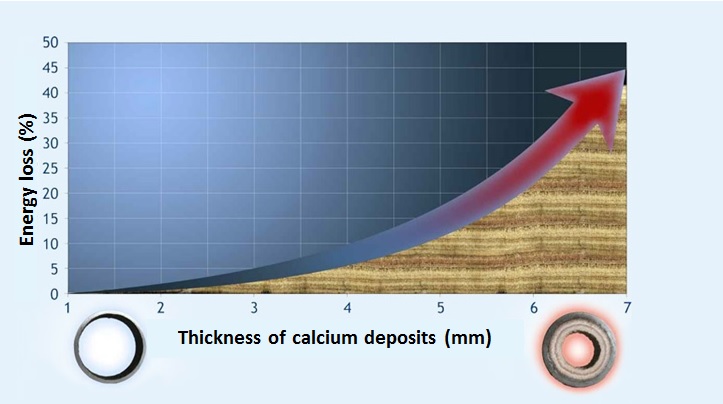Electronic water treatment
Why Electronic Water Treatment:
- Reduces the need to replace boilers, washing machines and other appliances destroyed by limescale deposits
- Saves money- less energy is needed to heat up water
- Eliminates the need to clean water heating elements from limescale deposits
- Saves money spent on replacement of water pipes clogged by limescale
- Less detergent is needed for washing
Consequences of hard water and limescale

Where are AntiCa++ devices widely used:
- cooling circuits
- steam generators
- heat exchangers
- other hot water appliances
- treatment of water from a well
- treatment of heated water
- treatment of hard water in households
- treatment of water used by steam-boilers
Water treatment- AntiCa++ devices
AntiCa++ devices are designed for hard water treatment where limescale is being created due to temperature or pressure changes in the water, e.g. boilers, heat exchangers, households or water from a well. In households and industrial plants this problem appears mainly when hard water is heated up. During this process calcium is being excluded from the water, settles on the heating element and significantly reduces its thermal efficiency. Eventually, the device gets damaged as more and more scales settles on the heating element.



Using the AntiCa++ technology on the devices you want to protect from limescale is an effective way how to get rid of those problems. Their advantages are:
- no servicing or maintenance is needed
- low electricity consumption
- ability to prevent new limescale from creation and settling as well as gradually dissolving old limescale deposits
- easy installation, even on older systems
Important notice: Electronic water treatment does not soften the treated water. It only temporarily changes physical features of the water so the calcium cannot settle but flows out with the water in the form of sludge instead. It is necessary to remove the sludge from the system afterwards, using filters to catch the sludge, e.g. in the separator.
For information about hard water treatment in your household, please see Electronic water treatment for households.
Have a look at what you pipes look like from the inside!
The video shows the inside of a pipe that has been used in a household for some time. You will see thick limescale deposits in the pipe as the hard water had not been treated in any way. The pipe is gradually getting clogged and will have to be replaced soon.

 +420 608 776 299
+420 608 776 299 


